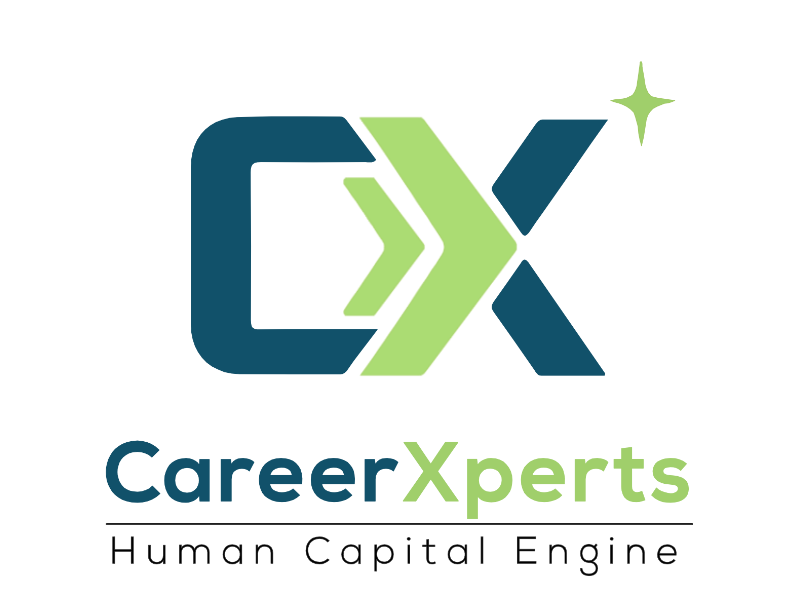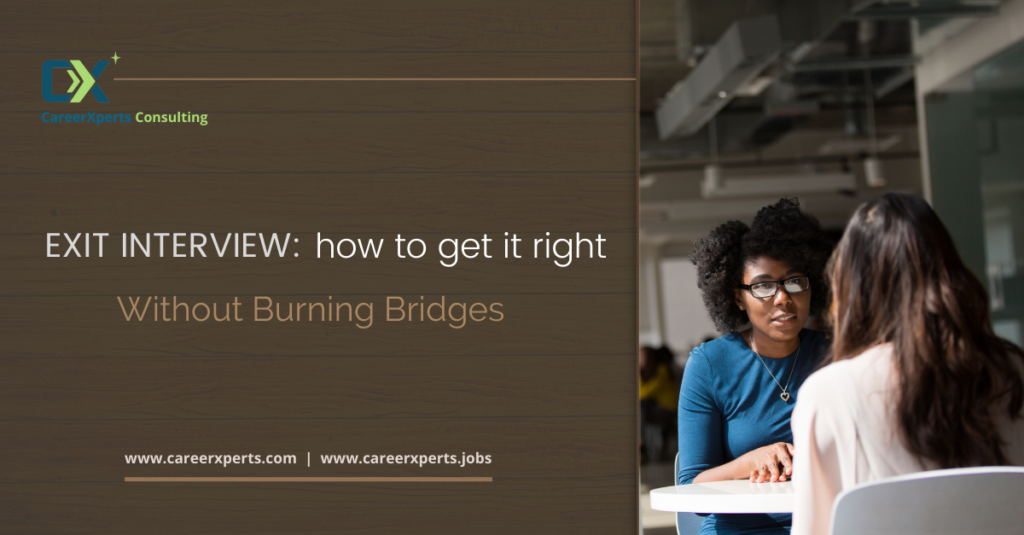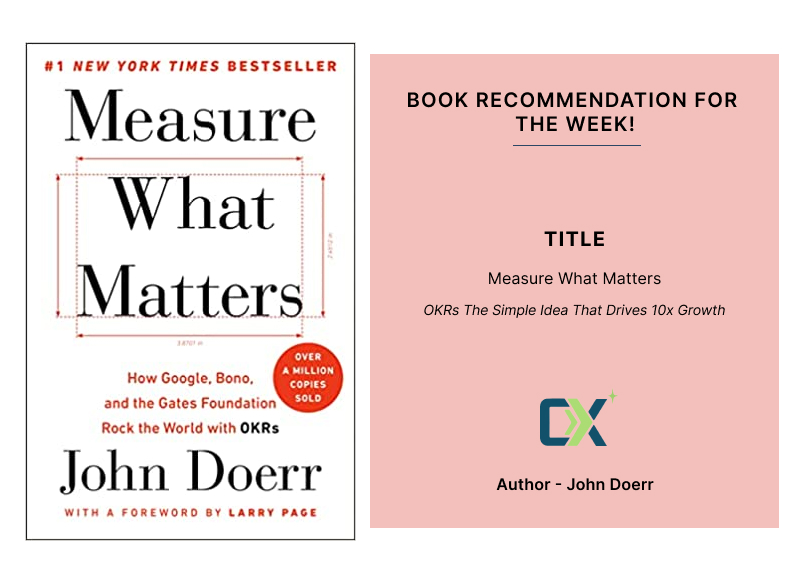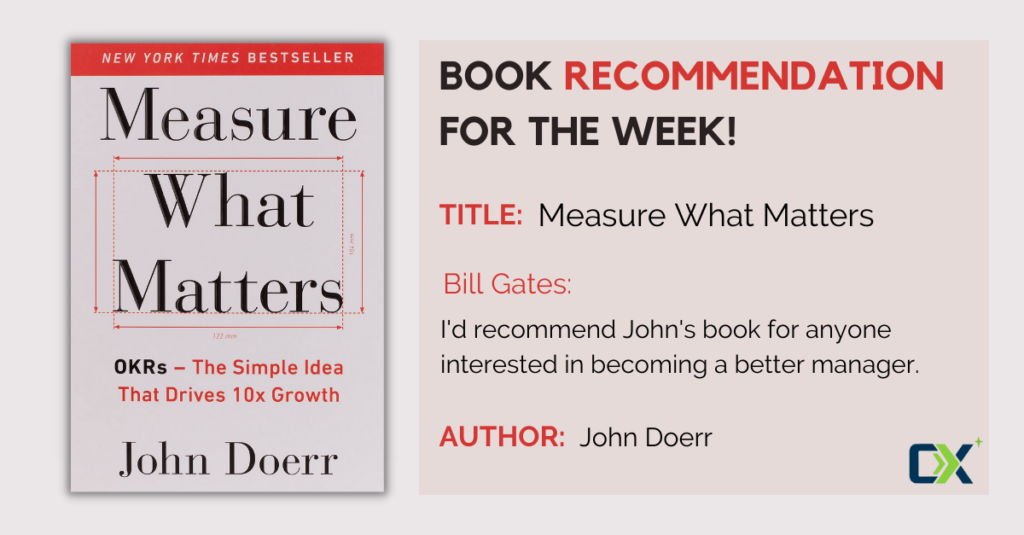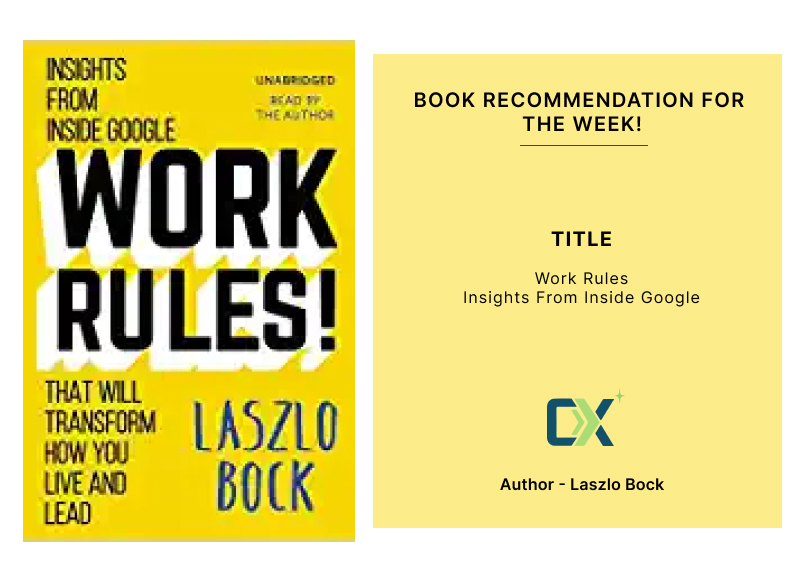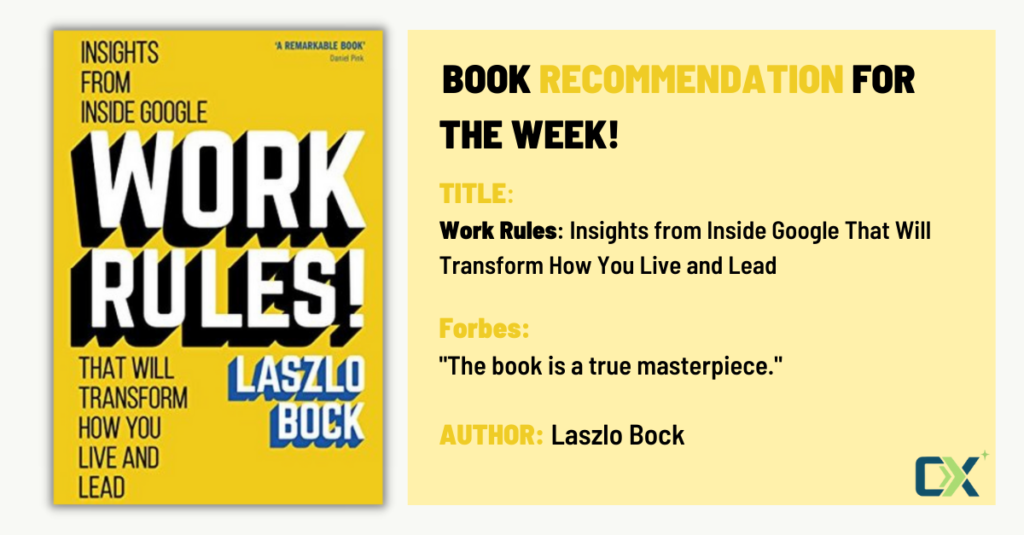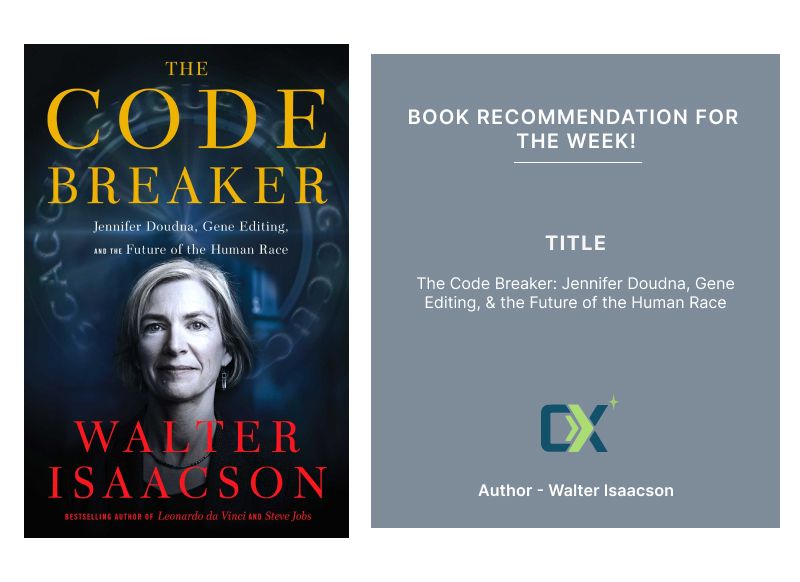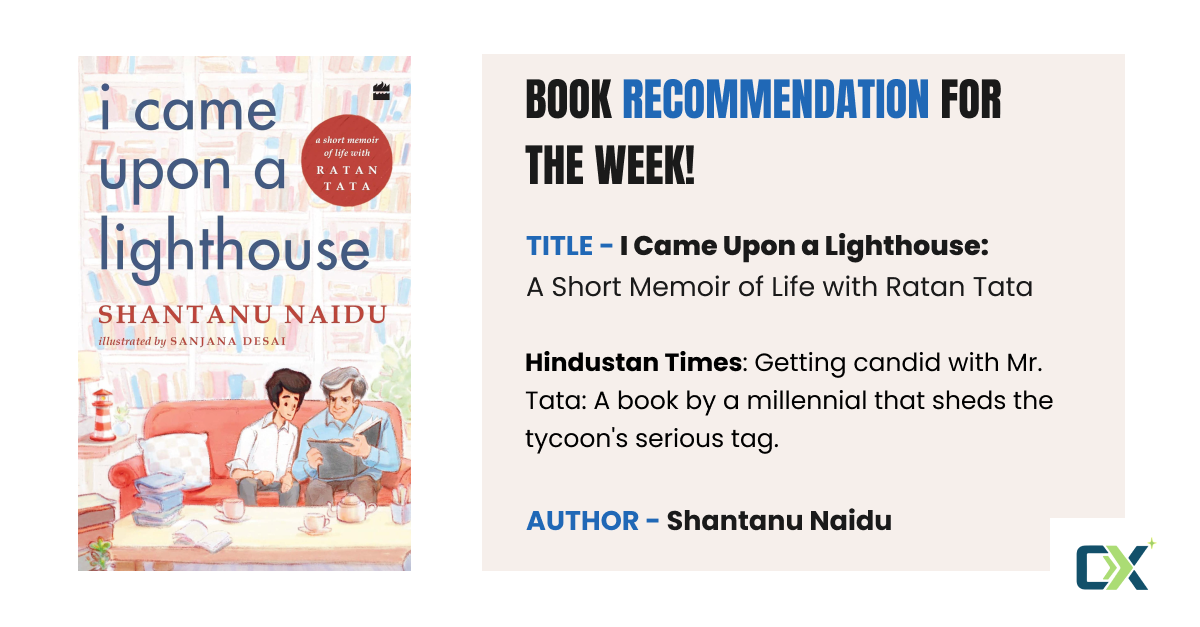How can leaders keep a strong company culture alive in a hybrid working world?
It is influential to expand into a large, premium workplace with luxury furnishings. But failing to build a strong culture is one aspect that might cause the development curve to slant downward.
Coming to the fact that building a strong company culture was never easy, even the biggest of companies have succumbed to have one.
A firm’s culture consists of shared beliefs, qualities, and characters unique to that organization. Culture is what determines a company’s ability to maintain true to its values and goals despite changes.
Since culture is a team-based approach that incorporates employee engagement at all levels, it was previously considered more straightforward under the traditional working style, as interacting with employees was not a problem.
The introduction of working methods that employees are unfamiliar with or that new graduates are unaware of has made it difficult for leaders to explain the firm’s principles. To be honest, the new working culture is distinct and more sophisticated than the work culture of a typical company. So, instead of providing a nice work environment to encourage employees to become more productive, the paradigm has switched to providing remote working equipment and tools.
Since organizations are returning to office space as the world begins to toil and return to normal, the notion of a hybrid working model in which some workers return to work while others work from home is greatly being adopted by firms and appreciated by employees as it better suits them when it comes flexible ways of working.
Hybrid Working Model:
Initial remote | Periodic office | Initial office, periodic remote
Culture has long been believed to be an important aspect in a company’s performance; organizations with a positive culture are considered to have higher revenue growth, retention, and are more successful. However, since the pandemic, culture has taken a blow, and leadership all around the world are concentrating on it and their concerns about it.
How to sustain company culture:
1) Empower employees:
When employees feel a sense of attachment and belonging, businesses prosper. Leaders may play a more effective role by allowing employees to choose a work mode that suits them best and they believe would be more productive.
2) Shared belief:
When it comes to achieving objectives, employees have a shared belief; purpose/aim is what guides employees’ joint efforts in the particular directions. It goes without saying that employees’ physical presence stimulates others; forming a circle leads to clarifying doubts, discussing strategies, a quick meeting between teams, and more. Since the advent of remote employment, the sharing of common goals has declined significantly. The leader can play their best roles, spending time communicating the broad picture or the ultimate goal and aligning individual employees’ efforts to attain the same.
3) Individual accountability:
Accountability is stated to keep the workforce alive; it will be correct to say that accountability of employees has been reduced as employees are not physically available. Communication gaps, hesitations among employees, and other factors have added challenges in the working model.
To address this, management should remind employees of their efforts, accountability, and individual contributions to its success, since this is an essential aspect of fostering a positive culture. A structured hybrid culture must ensure successful individual performance for the benefit of the team and the business.
4) Take this moment and embrace:
Let’s accept that, as a result of changes in the way organizations operate, we now have the chance to uncover our inner entrepreneur, artist, and other talent that we have wished to pursue since childhood but never had the chance.
Leaders should encourage innovation in the workplace and make changes that will benefit the company’s overall success. Employees now have the ability to think outside the box and direct their efforts precisely so that firms can make the greatest use of their expertise, thanks to the possibilities of the hybrid working model.
